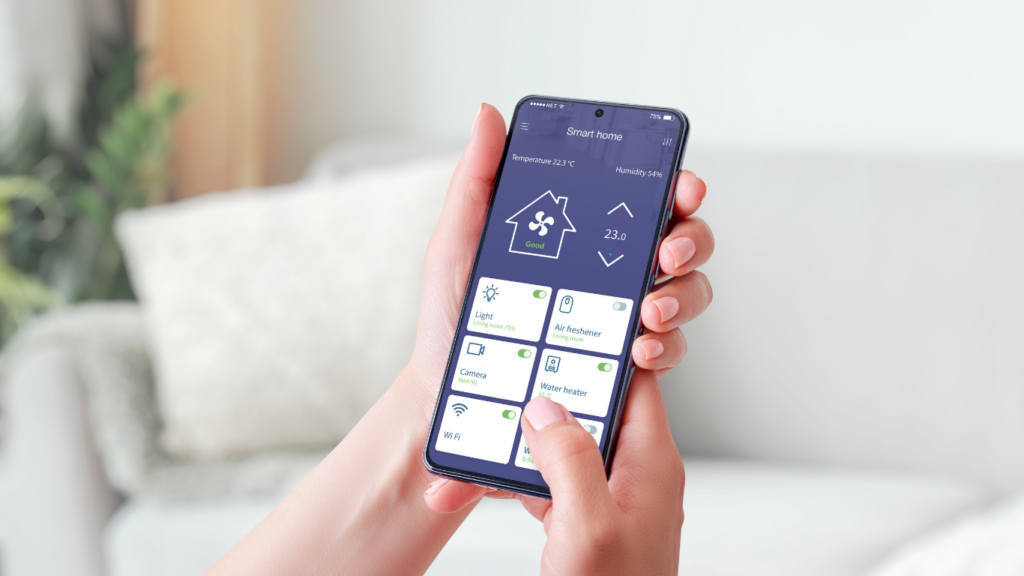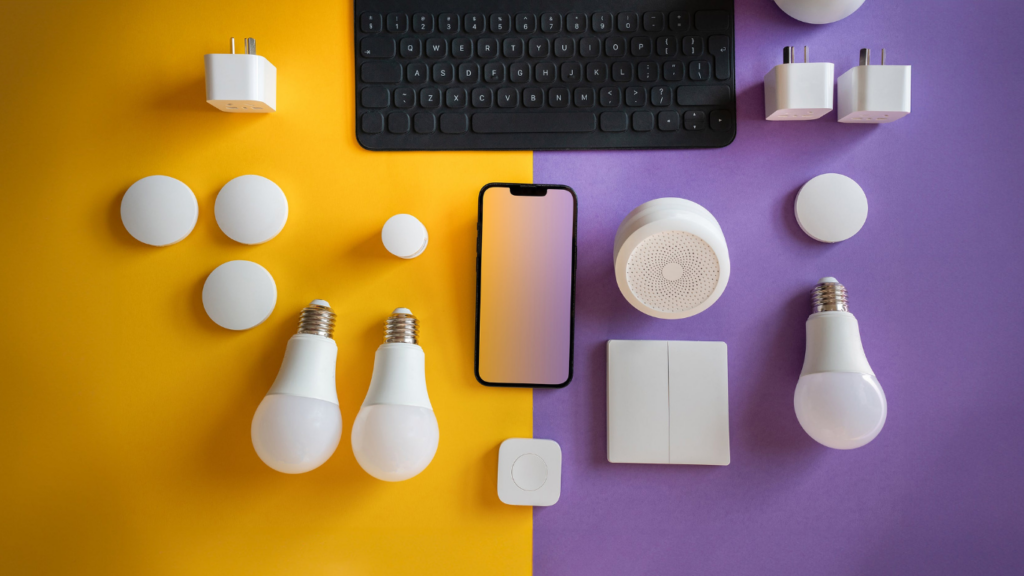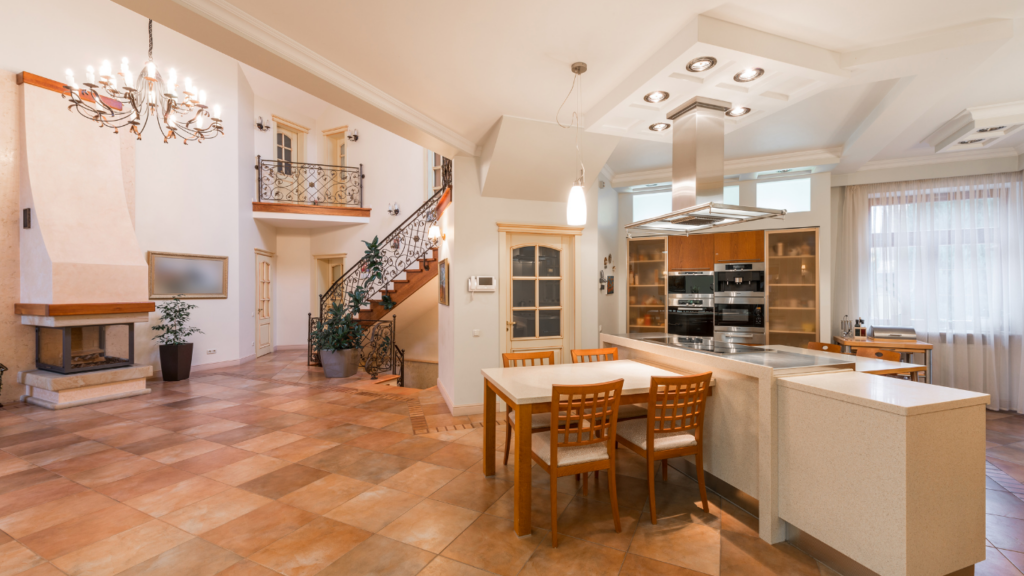Understanding Smart Home Devices
Smart home devices include a variety of technologies designed to automate and enhance home living experiences. Common devices range from smart speakers like Amazon Echo to smart thermostats like Google Nest. Each device connects to the internet, enabling control via smartphone apps or voice commands.
Different devices serve various functions. Smart lighting systems like Philips Hue offer energy-efficient control of household lights. Smart locks such as August Smart Lock provide enhanced security by allowing remote locking and unlocking. Smart home hubs like Samsung SmartThings integrate various devices into a unified network, simplifying control over multiple systems.
In addition to individual functionality, these devices often feature interoperability. Devices like smart speakers can control other gadgets like thermostats and lights. Manufacturers design many products to be compatible with common platforms like Apple HomeKit or Amazon Alexa.
Regular software updates and security protocols ensure these devices remain secure and functional. These updates often bring new features, making smart home systems more reliable and capable. Researching device compatibility and security features becomes essential when planning integration to prevent potential issues.
Benefits of Integrating Smart Home Devices
Smart home devices transform everyday living, offering enhanced security, energy efficiency, and unmatched convenience.
Enhanced Security
Smart security devices, such as cameras, doorbell cameras, and smart locks, bolster home security. Cameras (e.g., Ring or Nest) provide real-time video feeds and motion detection alerts. Doorbell cameras show who’s at the door, even when I’m not home. Smart locks, which I can control through my smartphone, let me grant and revoke access to different users remotely. Integrating these devices ensures comprehensive monitoring and control over my home’s security.
Increased Energy Efficiency
Smart thermostats, smart lighting, and connected appliances lead to significant energy savings. Smart thermostats (e.g., Nest or Ecobee) learn my schedule and adjust the temperature to optimize energy use, reducing heating and cooling costs by up to 10-12%. Smart lighting systems, like Philips Hue, allow me to schedule and control lights, ensuring they’re only on when needed. Energy-efficient appliances, connected through smart plugs, can be turned off remotely, ensuring no energy waste.
Improved Comfort and Convenience
Voice assistants, smart hubs, and automated routines enhance daily comfort and convenience. Voice assistants, such as Amazon Alexa or Google Assistant, handle tasks like playing music, setting reminders, and controlling other smart devices. Smart hubs (e.g., Samsung SmartThings) centralize control, allowing seamless management of all connected devices from a single app. Automated routines, such as morning or evening schedules, ensure a smooth start to my day and help me wind down at night by automating lights, temperature settings, and entertainment systems.
Choosing the Right Smart Home Devices
Selecting the ideal smart home devices ensures seamless integration and maximum convenience. Focusing on popular hubs and essential devices simplifies the process.
Popular Smart Home Hubs
Smart home hubs unify various devices into a single control system. Popular hubs include Amazon Echo, Google Nest Hub, and Apple HomePod. They support voice commands, automation, and remote control, enhancing home automation. For example, Amazon Echo integrates with Alexa, offering extensive compatibility with multiple devices. Google Nest Hub includes Google Assistant for voice control and displays visual info, while Apple HomePod supports Siri and integrates seamlessly with iOS devices. Choose according to your preferred ecosystem for the best user experience.
Essential Smart Home Devices
Essential smart home devices provide fundamental conveniences and improvements in daily living. Examples include smart thermostats, lighting systems, locks, and cameras. Smart thermostats, like the Nest Learning Thermostat, adapt to your habits, optimizing energy use. Smart lighting systems, such as Philips Hue, offer customizable lighting options and remote control via smartphone apps. Smart locks, like August Smart Lock, allow keyless entry and remote management. Smart cameras, including Ring doorbell cameras, provide enhanced security with remote video monitoring. Ensemble selection of these core devices creates an efficient and connected home environment.
Setting Up Your Smart Home System

Creating an efficient smart home system enhances daily convenience. Here’s how to optimize each step of the setup process for maximum benefits.
Connecting Devices to the Hub
First, ensure all devices are compatible with your chosen hub (Amazon Echo, Google Nest Hub, or Apple HomePod). Follow these steps to connect your devices:
- Install the Hub App: Download the relevant app on your smartphone or tablet.
- Power On Devices: Ensure each smart device is powered on and within the hub’s range.
- Enable Discovery Mode: Put the hub in discovery mode, usually found in the app’s device settings.
- Pair Devices: Follow the on-screen instructions to add each device to your hub.
For instance, to connect a smart thermostat to the Google Nest Hub, open the Google Home app, select “Add,” and follow prompts to pair the device.
Setting Automations and Routines
Automations and routines streamline daily tasks, making your home more efficient:
- Define Goals: Identify which tasks you want to automate (e.g., turning off lights at night).
- Set Triggers: Choose triggers for each routine, such as time of day or specific voice commands.
- Configure Actions: Determine the actions each trigger will prompt, like adjusting the thermostat or locking doors.
- Test and Adjust: Test each routine to ensure it works smoothly, adjusting as necessary for optimal performance.
For example, an automation can turn off all smart lights and lower the thermostat at 10:00 PM each night, providing an energy-efficient night routine.
Troubleshooting Common Issues
Occasional issues are unavoidable; here are some solutions to typical smart home hiccups:
- Connection Problems: If devices fail to connect, restart the hub and the device. Ensure the device’s firmware is up to date.
- Unresponsive Devices: Check the device’s power source and restart it. Verify the device is within the hub’s range.
- Routine Failures: If an automation doesn’t trigger, review the trigger settings and confirm all involved devices are connected and functional.
If a smart lock fails to respond, verify its battery level and connectivity status in the hub’s app. Restarting both the lock and the app often resolves issues.
Setting up a smart home system encompasses connecting devices to the hub, configuring automations, and troubleshooting potential issues. Each step maximizes convenience, security, and efficiency in daily living.
Best Practices for a Seamless Integration
To ensure smooth functioning and maximum convenience, follow these best practices.
Ensuring Device Compatibility
Check if devices are compatible with the chosen hub. Verify the compatibility of smart home devices with platforms like Amazon Echo, Google Nest Hub, and Apple HomePod. Search for compatibility lists on manufacturer websites or product descriptions to confirm support. Mixed ecosystems can lead to integration issues. Prioritize standard protocols like Zigbee, Z-Wave, and Wi-Fi for connectivity. Always verify and, if necessary, adapt the infrastructure to support all devices seamlessly.
Regular Software Updates
Ensure devices run the latest software. Access firmware updates often to keep functionality optimal and secure. Enable automatic updates where possible. Regular software updates can fix bugs, add features, and enhance security. Check device settings or the companion app to manage updates manually if automatic updates aren’t available. Regularly updating software ensures the smart home ecosystem remains efficient and secure.





